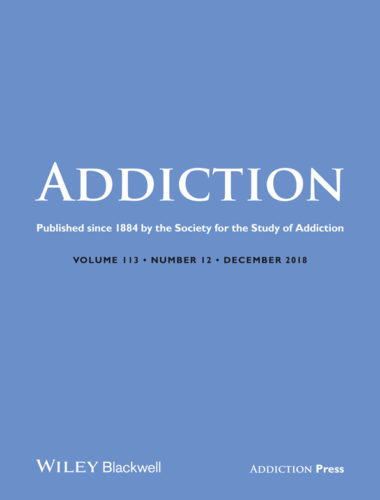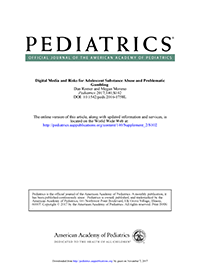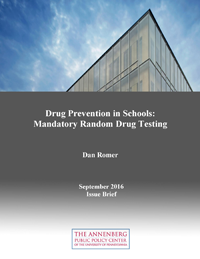Only a subset of teens who engage in excessive levels of impulsive behavior, such as acting without thinking, later struggle with addictions or other problem behaviors, a study has found.
Drugs and alcohol

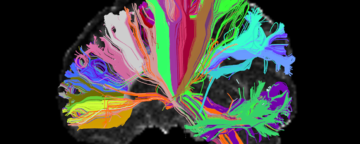
Why Teens Take Risks: It’s Not a Deficit in Brain Development
A popular theory in recent neuroscience proposes that slow development of the prefrontal cortex explains teenagers’ seemingly impulsive and risky behavior. An extensive literature review challenges that interpretation.

Updated ‘Treating & Preventing Adolescent Mental Health Disorders’ Is Published
Oxford University Press has published the second edition of 'Treating and Preventing Adolescent Mental Health Disorders,' an update to the acclaimed book.

Study Points to Better Strategies to Prevent Drug Addiction in Adolescents
A study finds that early drug use strongly predicts substance abuse only if it’s followed by continuing drug use. Early experimentation with alcohol or marijuana isn't necessarily a risk factor for addiction.
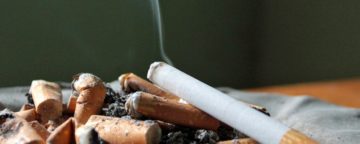
Issue Brief: The Evidence on Pictorial Warning Labels on Cigarettes
In an issue brief, part of a new series, Annenberg Public Policy Center research director Dan Romer reviews the evidence on the effectiveness of pictorial warning labels on cigarette packs.

Adolescents in the Digital Age: Special Journal Issue Focuses on Health
The journal Media and Communication has published a special issue on "Adolescents in the Digital Age: Effects on Health and Development," edited by APPC research director Dan Romer.
